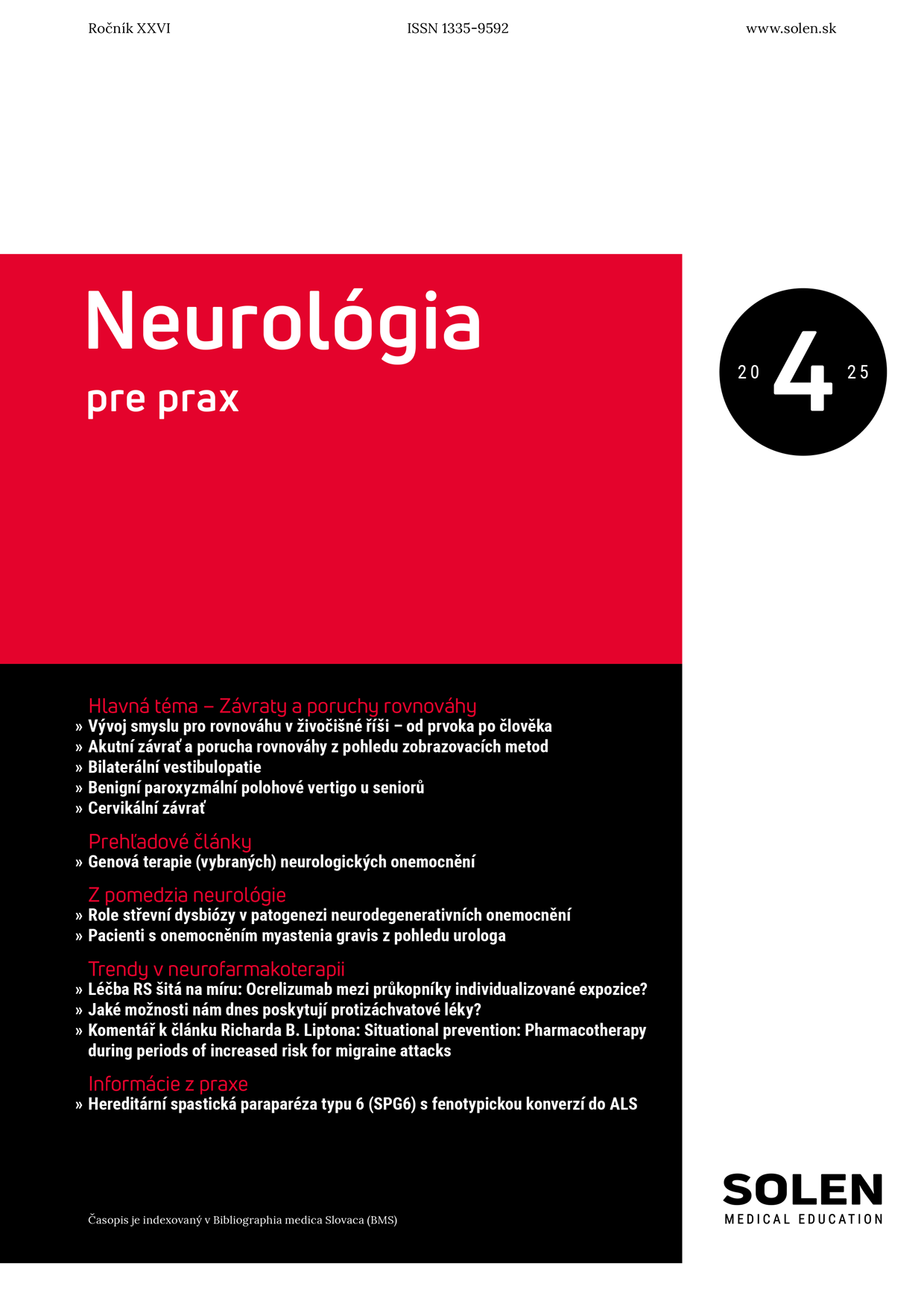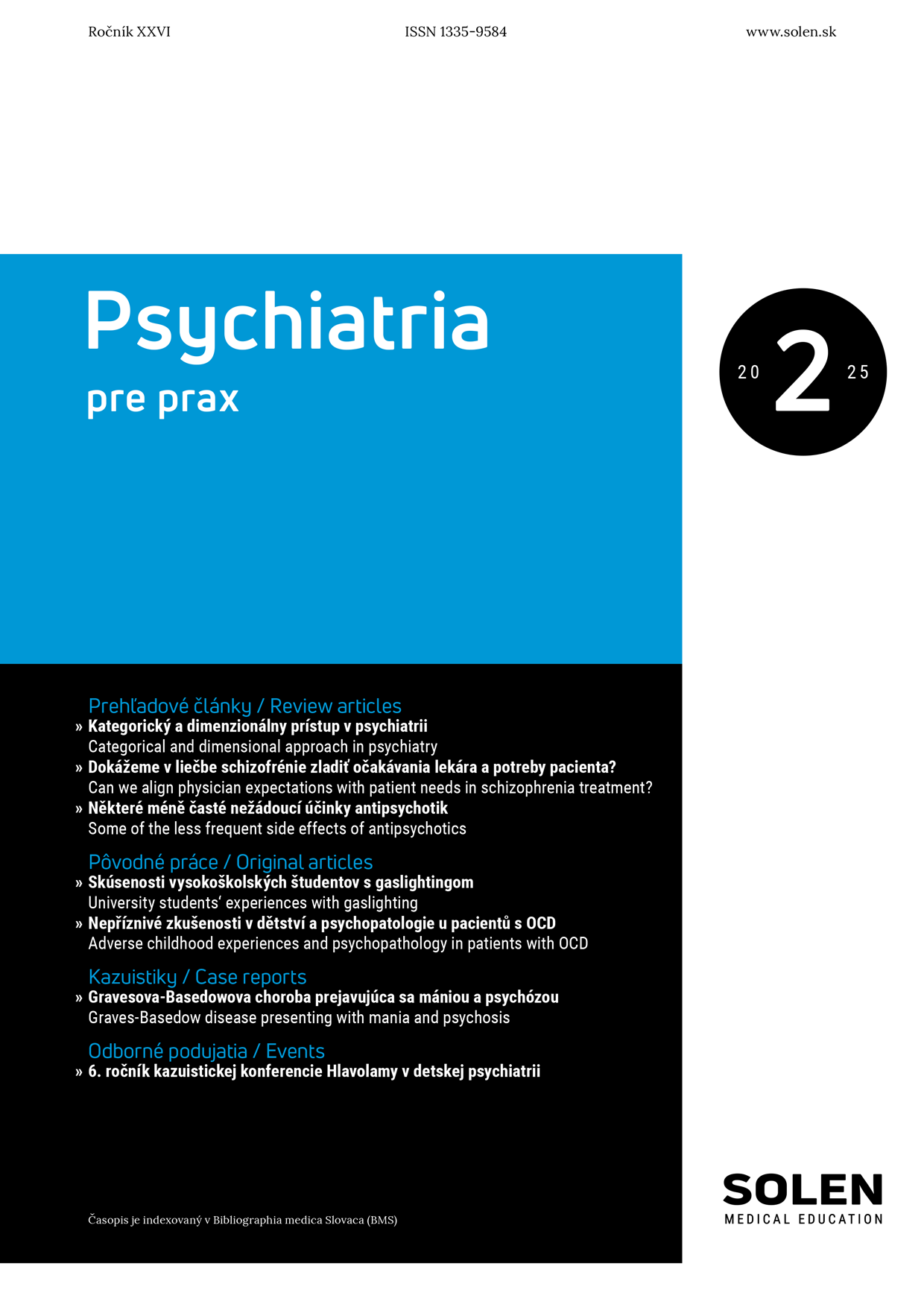Pediatria pre prax 4/2023
Indications and contraindications of lumbar puncture in childhood
The examination of cerebrospinal fluid is among the gold standards in the diagnosis of pathological processes in the brain. One of the methods of this discipline is the lumbar puncture (LP). It consists of inserting a spinal needle into the intervertebral space L3–L4 or L4–L5 of the lumbar vertebrae, with the needle penetrating the subarachnoid space of the spinal canal, followed by the cerebrospinal fluid collection. The primary and common indication for LP is to rule out neuroinfection, subarachnoid hemorrhage, and measurement of intracranial hypertension. Immediate LP is contraindicated by skin and subcutaneous infection in the lumbar area at the possible puncture site, intracranial hypertension with the threatening herniation of the brain, uncorrected coagulopathy and thrombocytopenia, spinal deformities and other clinical conditions that require neuroimaging examinations or patient stabilization prior to performing LP.
Keywords: lumbar puncture, pediatric indication for lumbar puncture, contraindications to lumbar puncture, cerebrospinal fluid, practical recommendations

















